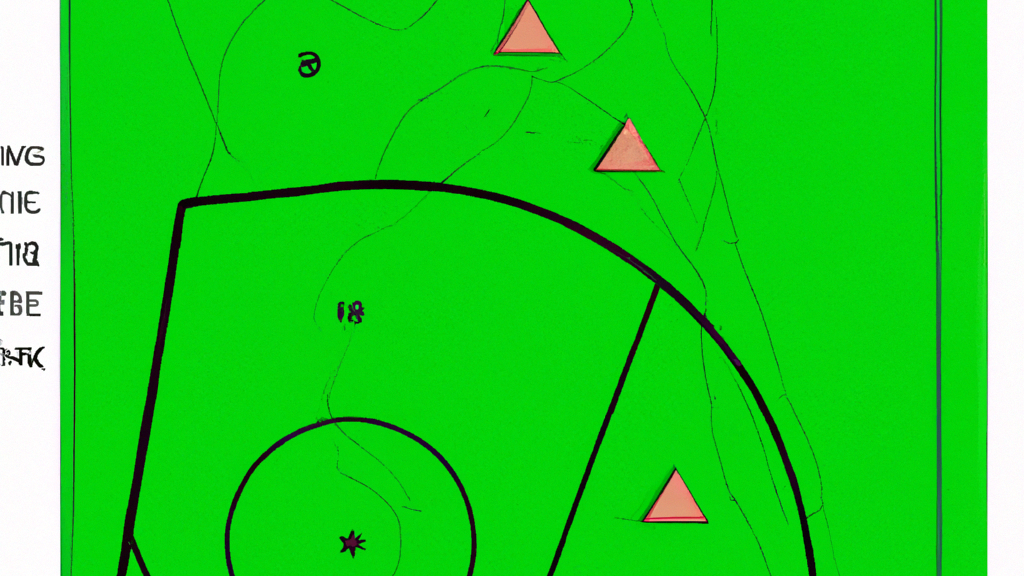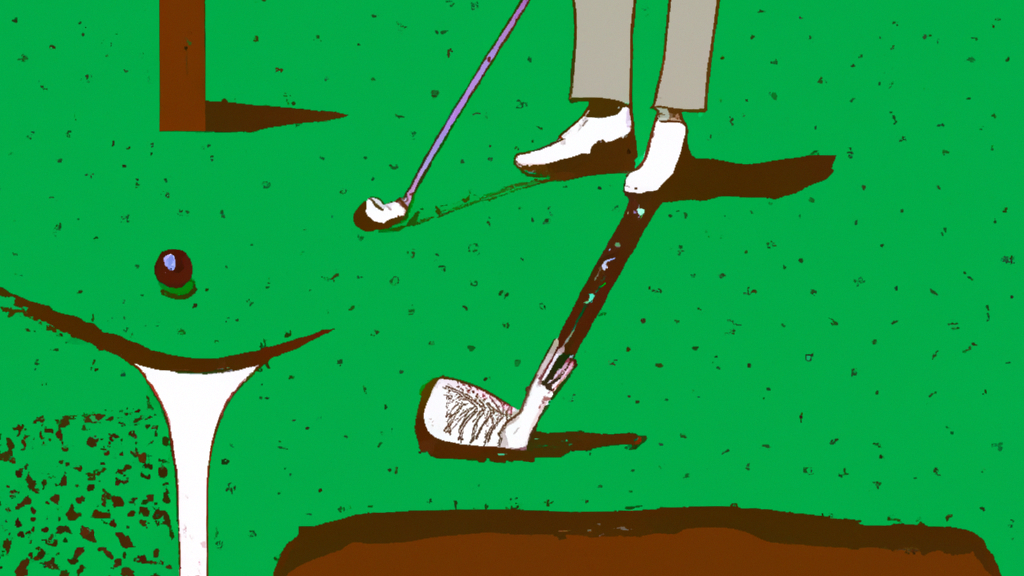HOW TO MANAGE FROST DAMAGE ON YOUR GOLF COURSE
As the winter months approach, golf course managers and superintendents must prepare for the inevitable frost damage that can wreak havoc on their greens, fairways, and tees. Frost damage occurs when the water in the grass freezes, causing the plant cells to rupture and ultimately leading to discoloration, thinning, and even death of the turf. Managing frost damage is crucial to maintaining a healthy and playable golf course, but it can be a daunting task for even the most experienced professionals.
In this article, we will explore the best practices for managing frost damage on your golf course, including preventative measures, monitoring techniques, and recovery strategies. Whether you are a seasoned golf course manager or a novice superintendent, this guide will provide you with the knowledge and tools you need to keep your course in top condition throughout the winter months. So, let’s dive in and learn how to manage frost damage on your golf course!

HOW TO MANAGE FROST DAMAGE ON YOUR GOLF COURSE
As winter approaches, golf course managers and superintendents must prepare for the potential damage that frost can cause to their greens, fairways, and tees. Frost damage can be a significant problem for golf courses, leading to brown patches, dead grass, and uneven playing surfaces. However, with proper management techniques, golf course managers can minimize the impact of frost damage and keep their courses in top condition throughout the winter months.
Understanding Frost Damage
One of the most important steps in managing frost damage is to understand how frost forms and how it affects grass.
Frost forms when the temperature drops below freezing, causing moisture in the air to condense and freeze on surfaces. When frost forms on grass, it can damage the plant cells and cause the grass to turn brown or die. Additionally, walking or playing on frost-covered grass can cause even more damage, as the frozen blades of grass can break and tear.
Preventing Frost Damage
To prevent frost damage, golf course managers should take several steps to protect their greens, fairways, and tees.
- Monitor the weather forecast and be aware of when frost is likely to form.
- Cover the grass with tarps or blankets when frost is expected to trap heat and prevent frost from forming on the grass.
- Adjust mowing and watering practices. During the winter months, it is important to mow the grass at a higher height than during the summer months. This allows the grass to retain more moisture and stay healthier during periods of frost. Additionally, managers should reduce the frequency of watering, as overwatering can lead to more frost damage.
Repairing Frost Damage
In addition to these preventative measures, golf course managers can also take steps to repair any damage that does occur.
- Aerate the affected areas, which can help to promote new growth and improve the overall health of the grass.
- Apply fertilizer and other nutrients to help the grass recover from frost damage.
Conclusion
Overall, managing frost damage on a golf course requires careful planning and attention to detail. By monitoring the weather, adjusting mowing and watering practices, and taking steps to repair any damage that does occur, golf course managers can keep their courses in top condition throughout the winter months.
In conclusion, managing frost damage on a golf course is a critical task for golf course managers and superintendents. By understanding how frost forms and how it affects grass, managers can take steps to prevent damage and promote healthy growth. Additionally, by adjusting mowing and watering practices and repairing any damage that does occur, managers can keep their courses in top condition throughout the winter months.
With proper management techniques, golf courses can continue to provide a high-quality playing experience for golfers, even during the coldest months of the year.

- How much damage frost really causes a golf course (and your yard)
Nov 28, 2020 … What’s the deal with frost? When is it most likely to appear? What problems does it pose? And how do superintendents deal with it? - Managing Frost Delays – Golf Course Industry
Oct 19, 2016 … We are all aware of the science associated with frost on turf. The turf grass plant is mostly water and frost is simply frozen dew that has … - 5 Things to Know About Frost Delays
Jan 9, 2018 … Frost damage can occur on any part of the golf course, but it poses the greatest risk to closely mown turf. Putting greens are particularly … - How to Prevent Frost Tracking from Killing Your Grass
Nov 4, 2019 … Preventing damage from frost tracking can be difficult depending on how your turf is used. If you are managing a sports field or golf course … - Bentgrass Damage And The Effect of Frost on Golf Course Greens …
Feb 26, 2009 … In areas of the US where golfers can enjoy the game year-round, winter temperatures, foot and equipment traffic, and frost can wreak havoc … - Understanding Frost Delays – River’s Edge Golf Course
It also signals a change in golf course management activities that can affect one’s game … Golfers who ignore frost delays will not see immediate damage. - A Frosty Reception – Greens Management in Cold Weather – STRI
Oct 25, 2022 … While frost can appear on every square foot of the golf course, closely mown areas are the most susceptible to damage. This is because there … - Can Frost Damage My Lawn? | Gecko Green
Nov 26, 2019 … Protect your lawn from frost damage this winter with these helpful tips. … then take a tip from the grass masters – golf course managers! - How To Minimize The Risk of Lawn Frost Damage – Lush Lawn
Nov 1, 2021 … That’s what turfgrass managers do at golf courses. lawn frost damage. Or, give your grass a deep watering the night before an expected frost. - frost | K-State Turf and Landscape Blog
Freezing injury on bermuda is caused by ice forming outside cells within the … Fortunately, in the central U.S., we don’t deal with extended periods of …
Fun facts about How to Manage Frost Damage on Your Golf Course
- The first recorded game of golf was played in Scotland in the 15th century.
- Golf balls were originally made out of wood until the mid-1800s when they began to be made out of rubber.
- The Masters Tournament, one of golf’s four major championships, has been held annually at Augusta National Golf Club since 1934.
- Professional golfer Tiger Woods has won a total of 82 PGA Tour events, tying him with Sam Snead for the most wins in history.
- In addition to physical skill and technique, mental toughness is also crucial for success in golf as players must remain focused and calm under pressure.
- Many country clubs offer amenities beyond just golfing such as tennis courts, swimming pools, and fine dining restaurants.
- Caddies have been a part of professional golf since its early days but are now less common due to advancements in technology like GPS devices that can provide distance measurements on the course.
- The Ryder Cup is a biennial team competition between Europe and the United States that dates back to 1927





